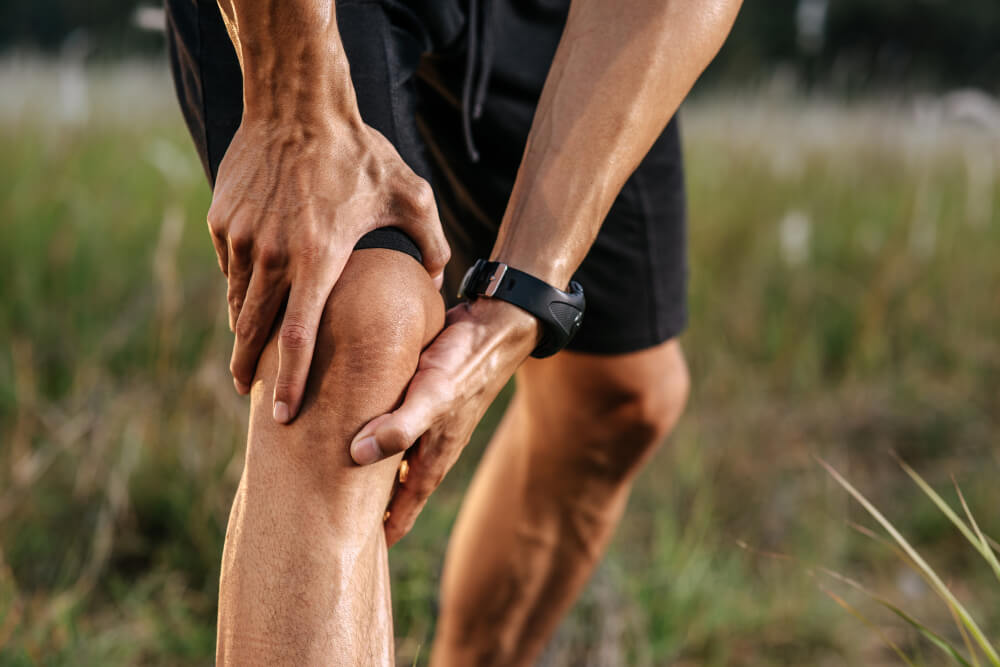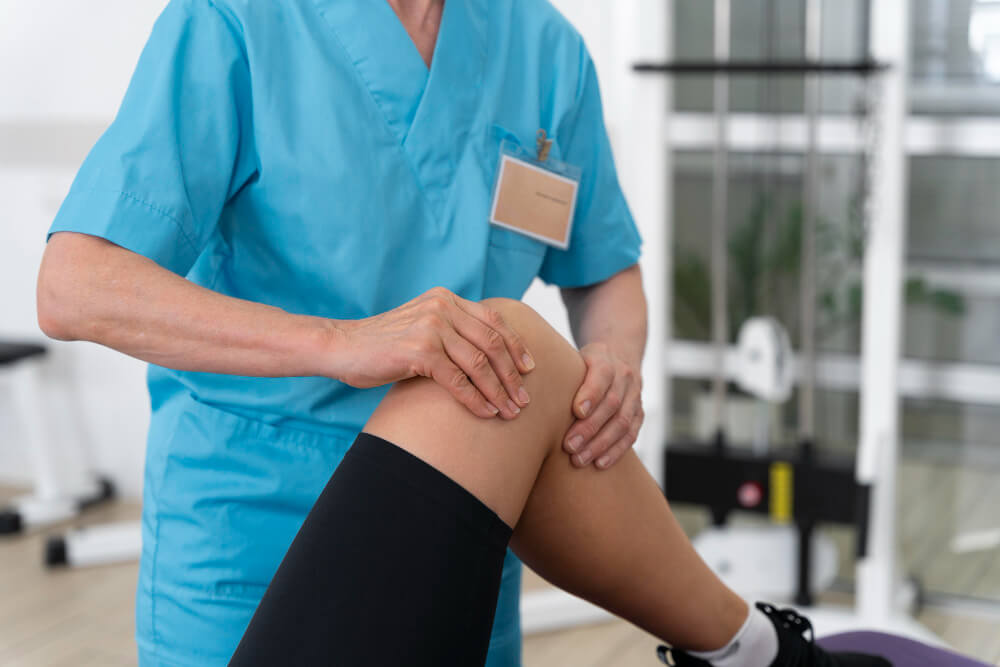Understanding Knee Pain: Causes, Treatments, and Taking Control of Your Health
Knee pain is a common complaint, affecting millions of people worldwide. It can range from a mild ache to a debilitating discomfort that limits daily activities. Pain behind the knee, specifically, can have different causes than pain in the front of the knee. Regardless of location, understanding the cause of your knee pain is crucial for seeking effective treatment and regaining mobility.
This article delves into the world of knee pain, exploring the various causes behind pain both behind the knee and in general, along with treatment options and preventative measures.
The Many Faces of Knee Pain
Knee pain can manifest in different ways, depending on the underlying cause. Here’s a breakdown of common locations and types of pain:
- Pain behind the knee: This pain can be caused by problems with the baker’s cyst (a fluid-filled sac), popliteal tendonitis (inflammation of the tendon behind the knee), or a meniscus tear (cartilage tear in the knee joint).
- Pain in the front of the knee: This can be due to patellofemoral pain syndrome (runner’s knee), Osgood-Schlatter disease (common in teenagers), or bursitis (inflammation of the fluid-filled sacs around the knee).
- Stiffness and pain: This could indicate osteoarthritis, a degenerative joint disease that causes cartilage breakdown.
- Sudden and sharp pain: This can be a sign of a ligament sprain or a meniscus tear, often caused by a sudden twist or injury.
Unveiling the Culprits: Common Causes of Knee Pain
Numerous factors can contribute to knee pain. Let’s explore some of the most common culprits:
- Overuse: Activities like running, jumping, or frequent stair climbing can stress the knee joint, leading to pain.
- Injury: A sudden impact, fall, or twisting motion can injure ligaments, tendons, or cartilage in the knee, causing pain and swelling.
- Arthritis: Osteoarthritis, the wear-and-tear type of arthritis, and rheumatoid arthritis, an autoimmune disease, can both affect the knee, causing pain, stiffness, and inflammation.
- Bursitis: Inflammation of the fluid-filled sacs around the knee can cause pain and tenderness.
- Tendonitis: Inflammation of the tendons that connect muscles to bone, such as patellar tendonitis (jumper’s knee), can cause pain, especially during activity.
- Baker’s cyst: This fluid-filled sac behind the knee can put pressure on surrounding nerves, causing pain.
- Meniscus tear: A tear in the cartilage that cushions the knee joint can cause pain, swelling, and difficulty bending the knee.
- Weight: Excess weight puts additional stress on the knee joints, increasing the risk of pain.
- Improper form during exercise: Not using proper technique during activities like running or squatting can strain the knee joint and lead to pain.
- Weak muscles: Weak muscles around the knee joint can make it less stable and more prone to injury.
Addressing the Issue: Treatment Options for Knee Pain
The approach to treating knee pain depends on the underlying cause and severity. Here’s a look at some common treatment options:
- Rest: Taking a break from activities that aggravate the pain allows the knee to heal.
- Ice: Applying ice packs to the affected area for 15-20 minutes at a time can reduce inflammation and pain.
- Compression: Wearing a compression bandage can help reduce swelling.
- Elevation: Elevating the knee above the heart can also minimize swelling.
- Pain medication: Over-the-counter pain relievers like ibuprofen or acetaminophen can help manage pain.
- Physical therapy: Exercises to strengthen the muscles around the knee and improve flexibility can be highly beneficial for long-term pain management and prevention.
- Steroid injections: In some cases, injecting corticosteroids directly into the inflamed area can provide temporary pain relief.
- Hyaluronic acid injections: These injections can help lubricate the knee joint and ease pain in some cases of osteoarthritis.
- Surgery: In severe cases of injuries like a torn meniscus or advanced osteoarthritis, surgery may be necessary to repair or replace damaged structures in the knee.
Empowering Yourself: Taking Charge of Knee Health
There are several steps you can take to prevent knee pain and maintain healthy knees:
- Maintain a healthy weight: Losing excess weight reduces stress on the knee joints.
- Regular exercise: Strengthening the muscles around the knee can improve stability and reduce the risk of injury. Low-impact exercises like swimming or cycling are excellent choices for knee


